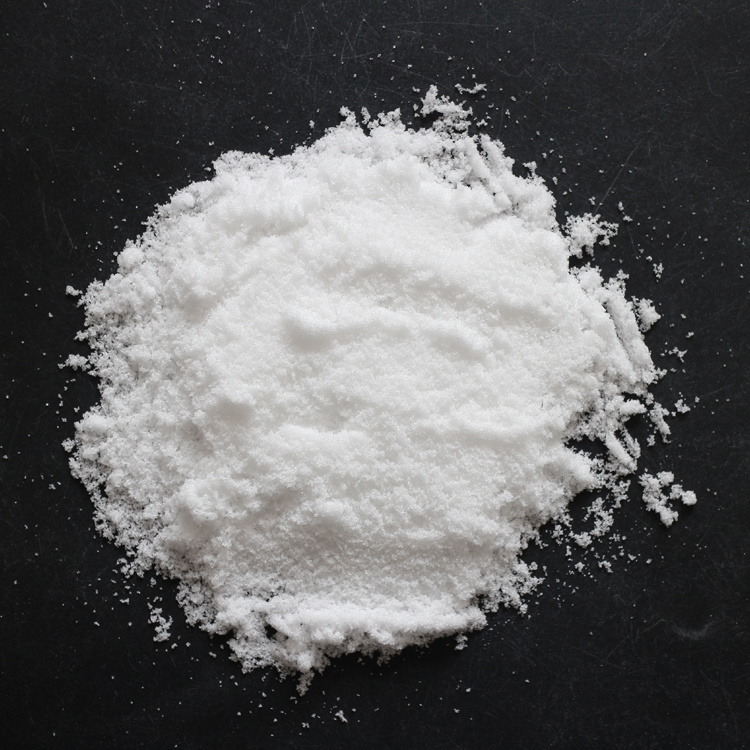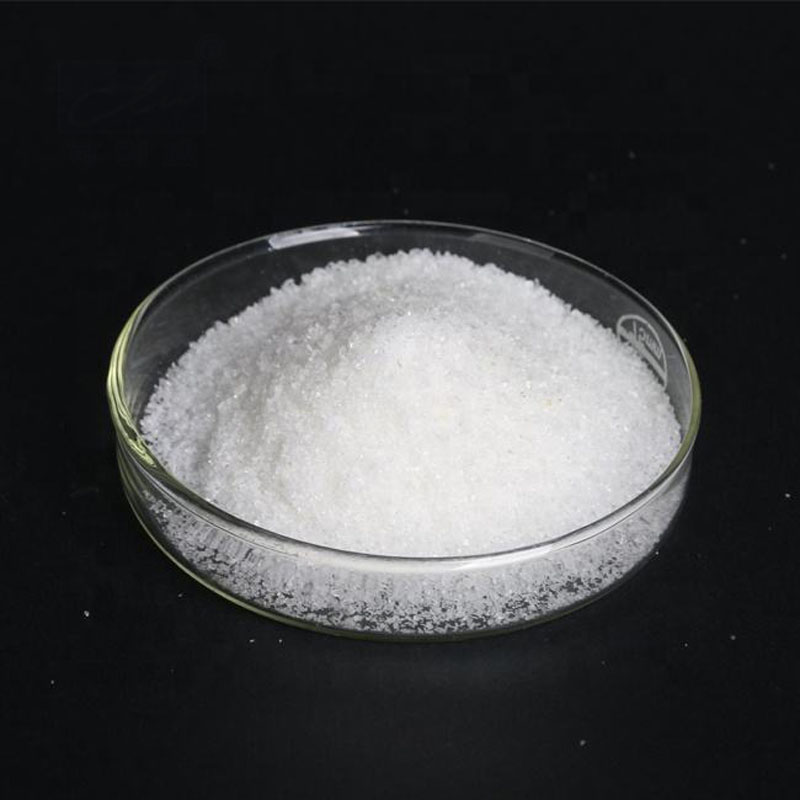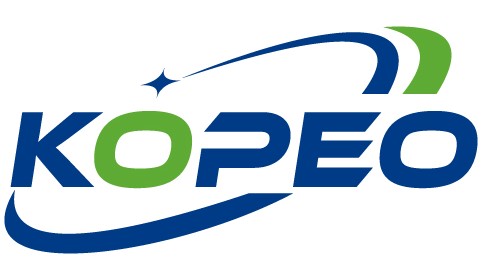1. The use of domestic sewage
In domestic sewage treatment, Polyacrylamide by means of electrical neutralization and its own adsorption and bridging effect, can promote the suspension of turbid particles rapid agglomeration and sedimentation to achieve separation, clarification of the role. Mainly used in the sewage treatment plant in the first part of flocculation and sedimentation and the latter part of sludge dewatering.
2. Usage in industrial wastewater When adding polyacrylamide in the water of suspended turbid particles, it can promote the rapid coagulation and sedimentation of suspended turbid particles to achieve separation and clarification to improve the operation efficiency and reduce the cost of use by the neutralization of electrical properties and the adsorption and bridging effect of macromolecule itself. 3. The use of textile printing and dyeing industry Water Treatment Polyacrylamide as a fabric post-treatment sizing agent, finishing agent, can generate smooth, anti-wrinkle, mold-resistant protective layer. Utilizing its strong hygroscopicity, it can reduce the rate of thread breakage when spinning fine yarns; it can also prevent the fabric from static electricity and resistance. When used as printing and dyeing auxiliaries, it can make the product adhesion fastness enhancement, vividness increase; it can also be used as a non-silicon polymer stabilizer for bleaching; in addition, it can be used for textile printing and dyeing sewage purification.

4. Use in steel mill wastewater treatment
Mainly oxygen top blowing converter flue gas purification wastewater, usually called converter dedusting wastewater. Steel plant converter dedusting wastewater treatment should focus on solving the management of suspended solids, temperature balance and water quality stabilization. The coagulation and precipitation treatment of suspended matter needs to remove large particles of suspended impurities, and then enter the sedimentation tank. In the open ditch of the sedimentation tank, PH adjusting agent is put in, and polyacrylamide is put in, so as to realize the co-flocculation and precipitation of suspended matter and scale-forming matter in the sedimentation tank, and then, scale inhibitor is put in the effluent water of the sedimentation tank.
5. Usage in chemical plant sewage treatment The chromaticity and pollutant content of wastewater is high, mainly due to the insufficient reaction of raw materials or the production of a large number of solvent media used in the wastewater system generated by the biological difficult to degrade substances, poor biochemistry, toxic and hazardous substances, the water quality is complex, the reaction of raw materials are often solvent substances or compounds of cyclic structure, which increases the difficulty of treatment of wastewater; selection of the applicable type of polyacrylamide can achieve a better processing Selection of suitable polyacrylamide model can achieve better treatment performance. 6. Usage in alcohol plant wastewater treatment How is polyacrylamide applied? In general, polyacrylamide is mainly used in the post-throwing sludge dewatering process, generally choose cationic polyacrylamide in this case, what kind of ionic degree cationic polyacrylamide and what kind of raw materials are used in the production of alcohol? What kind of wastewater treatment process? As well as the PH value of the sludge, the specific circumstances generally recommended to do laboratory beaker experiment selection.

7. Use in brewery wastewater treatment Treatment is generally used aerobic treatment technology, such as activated sludge, high load biological filtration and contact oxidation method. From the current case can be understood that the general brewery flocculants generally use strong cationic polyacrylamide, molecular weight requirements of more than 9 million efficacy is more prominent, the dosage is more economical, the cost is also relatively low, after the filter press out of the mud cake water content is relatively low.
8. Use in food wastewater treatment The traditional method is physical sedimentation and biochemical fermentation, in the biochemical treatment process to use polymer flocculants, do sludge dewatering. Polymer flocculants used in this treatment are generally cationic polyacrylamide products with relatively high ionicity and molecular weight. In the selection of polyacrylamide products should pay attention to the following aspects: climate change (temperature) affects the Flocculant wash type, the molecular weight of the flocculant, flocculant charge value. 9. The use of water treatment in the field of papermaking Polyacrylamide is widely used as retention aid, filtration aid, dispersant and so on in papermaking field. Its role is to be able to improve the quality of paper, improve the performance of pulp dehydration, improve the retention rate of fine fibers and fillers, reduce the consumption of raw materials and pollution of the environment. Anionic copolymers are mainly used as wet and dry enhancers and retention agents for paper; cationic copolymers are mainly used in papermaking wastewater treatment and filtration aids, and also have a good effect on improving the retention rate of fillers.
